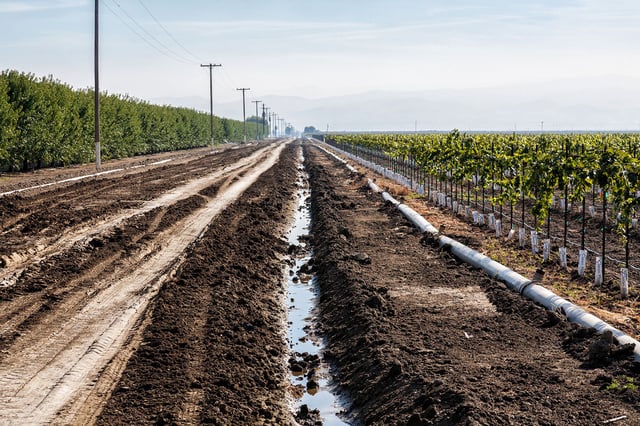Overview
- Nearly half of China's major cities, including Beijing and Shanghai, are experiencing rapid subsidence, affecting millions of residents.
- Research indicates that 45% of urban areas are sinking more than 3 millimeters per year, with some areas sinking as much as 45 millimeters annually.
- Groundwater withdrawal and the weight of urban infrastructure are primary drivers of the subsidence, posing serious threats to building safety and urban planning.
- The subsidence exacerbates climate change effects, particularly in coastal cities, by accelerating sea level rise and increasing flood risks.
- Experts call for national and international responses to address the widespread issue of land sinking, highlighting the need for sustainable urban management practices.



